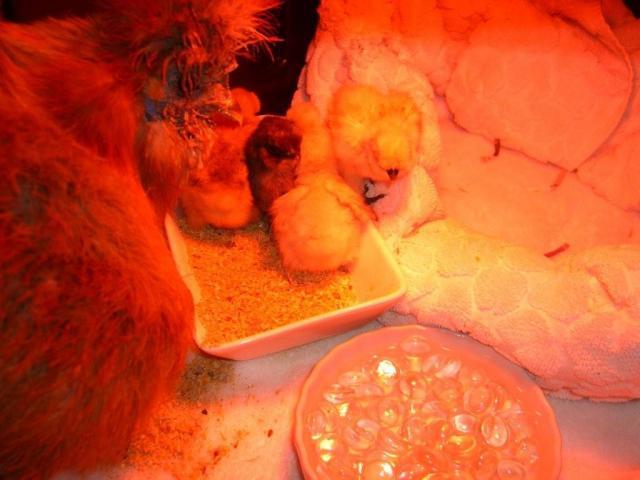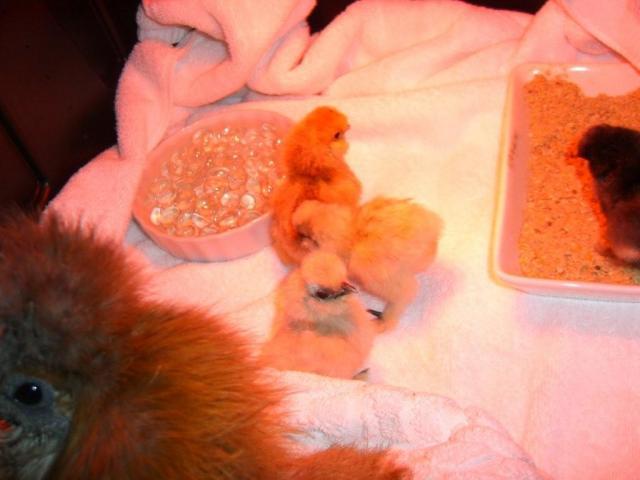- Thread starter
- #11
Lemurchaser, I hadn't seen your post when I submitted my last post. What you're saying makes sense.
FYI, my chicks are not on ground, but they are with their mom who presumably has/had coccidia. She was one of my only chickens that never showed symptoms and was never affected by it, but I have to assume that she carries it, and that the babies have been exposed to her poop by now. I've been changing bedding several times a day and trying to keep things poop-free, but you know how messy chickens are!
FYI, my chicks are not on ground, but they are with their mom who presumably has/had coccidia. She was one of my only chickens that never showed symptoms and was never affected by it, but I have to assume that she carries it, and that the babies have been exposed to her poop by now. I've been changing bedding several times a day and trying to keep things poop-free, but you know how messy chickens are!




